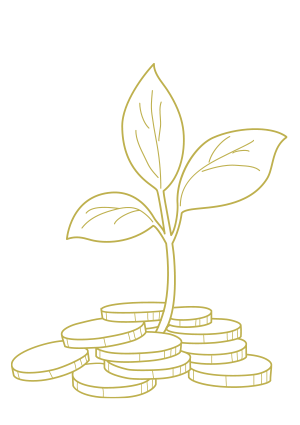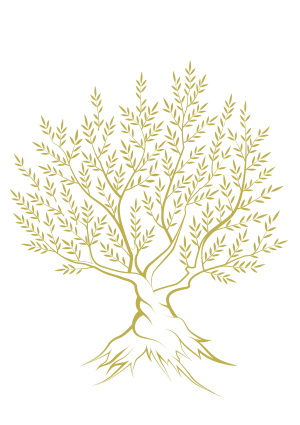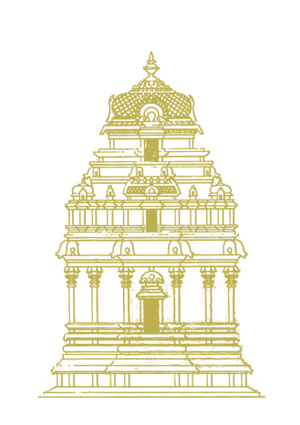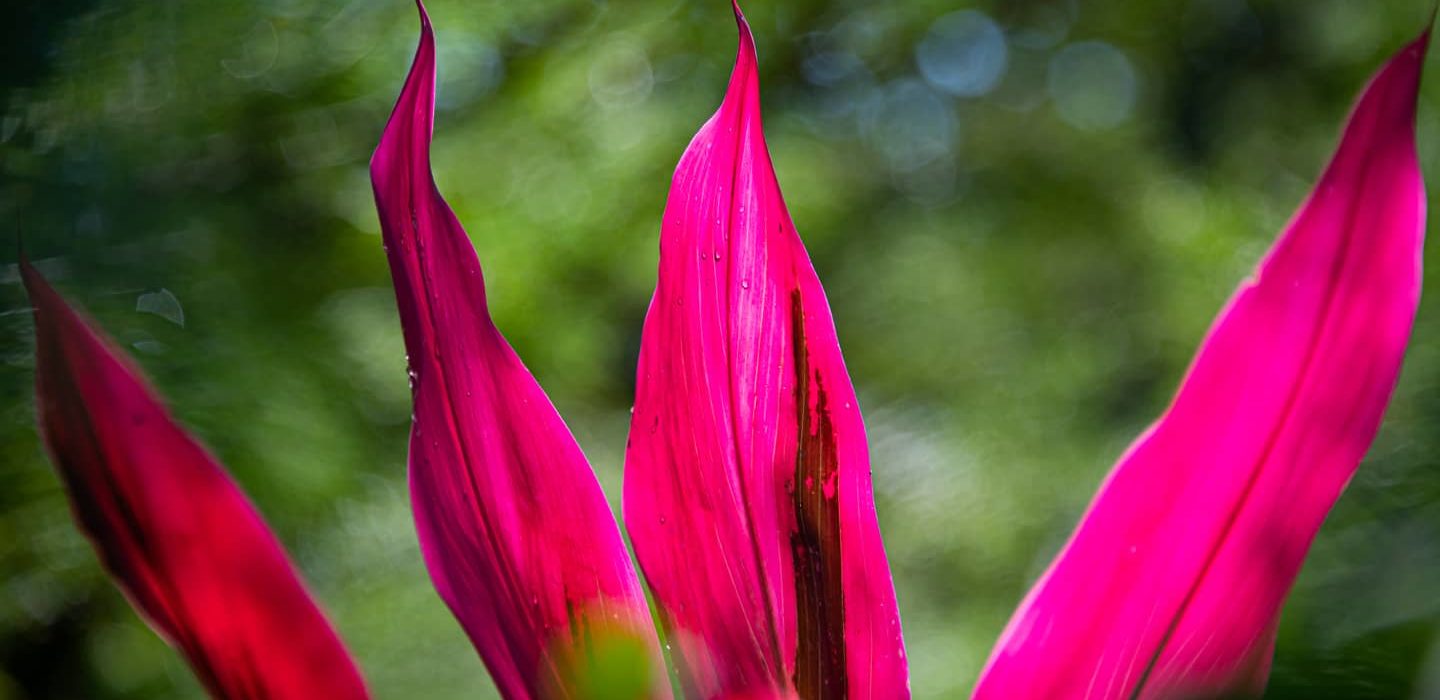
Trees & Plants
The Givers of Life!
A Living Museum
Built on a Labor of Love
Since purchasing the land in 2013 we have planted over 3,000 trees and plants. Planting is the first step of a long journey of untold labor in nurturing a tree’s growth to maturity. It is a labor of love. Truly. An investment of time and energy towards an organism that will spend its entire lifetime giving us clean air to breathe and being part of an ecosystem that gives us life. How easily we forget and not see their labor of love for us!
Our gardens will boast native trees and plants plus exotic ones that have been wisely chosen to coexist here. It will also be a safe haven for endangered trees, some of which are highly threatened.
Amongst the trees that our gardens are proud to be home to are the indigenous giant Kapok tree (Ceiba Pentandra) that grows up to 230 ft (70m), the Talipot palm from India with its large palmate leaves that grow up to 5 m (16 ft) in diameter, and the highly medicinal Cortez Negro, the Cannonball tree with its spectacular flowers and cannonball size fruits.
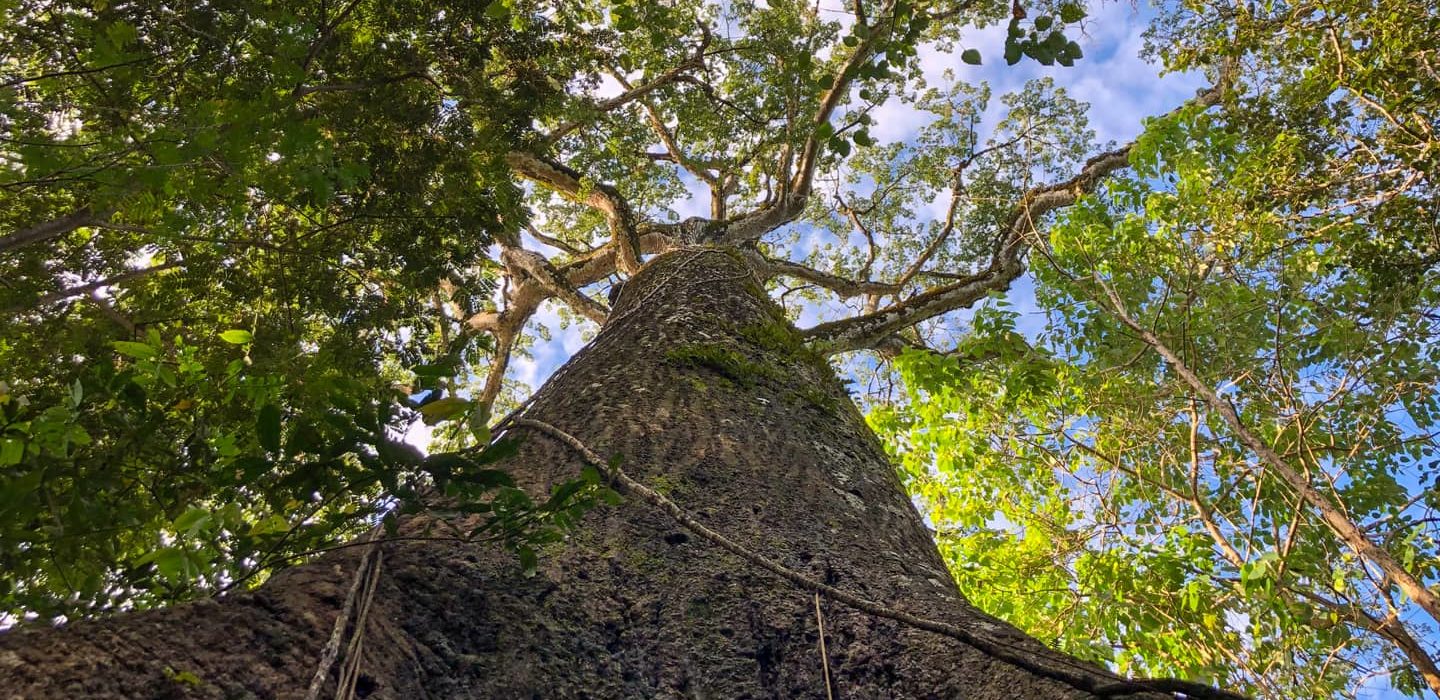
Remaining Resilient
A Journey of Highs and Lows
We don’t want to paint you a picture that Siva Ashram is a utopian paradise. Our journey of creating this botanical garden has been one of highs and lows. We’ve poured our hearts and soul into the creation of these gardens and it is hard to be detached when the trees you plant die or worse, get stolen.
Over the years, we’ve lost a decent number of trees to nature. They’ve mainly either drowned in too much water during the rainy season or got burnt to a crisp at the height of the dry season. Others have succumbed to the Papagayo winds that sweep across the country between November and April in this region and can record speeds as high as 50 to 70 miles per hour, which is enough to uproot some trees. Then there are also insects, bugs and diseases that claim some of the plants and trees. Last but not least – thieves. Fortunately, this has reduced significantly in recent years.
It’s a sad day when we find out that one of our trees has died. We remain resilient and march onward in our creation of these gardens!
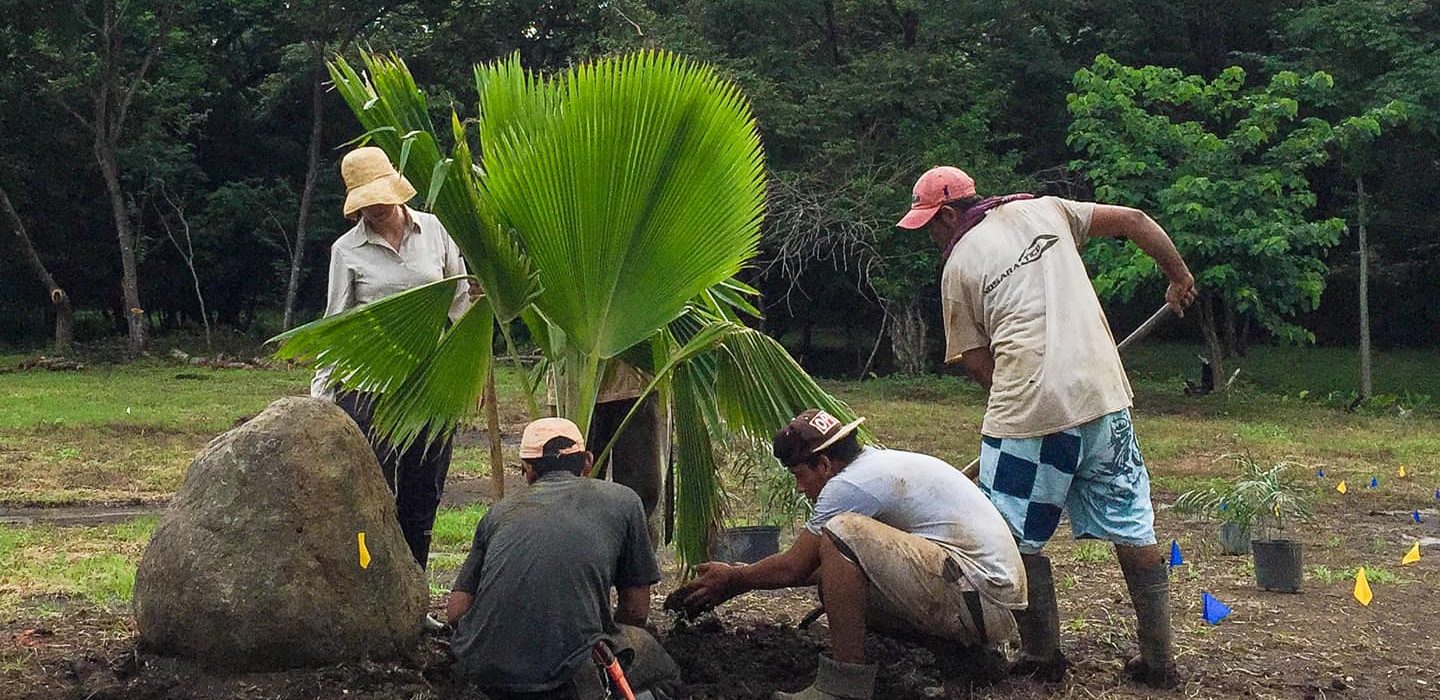
FAQs about the Trees & Plants
Answers you perhaps would like to know
How many trees and plants does Siva Ashram have?
We’ve planted over 2,000 trees and plants since the beginning of our project. We’ve sought many local species including many endangered trees and given them a safe haven to grow in. We also have a collection of non-invasive trees and plants from around the world that add to the beauty of the garden.
Which species will be in the garden?
Our gardens will boast rare and endangered trees, such as the indigenous giant Kapok tree (Ceiba Pentandra) that grows up to 230 ft (70m), the Guanacaste tree (Enterolobium Cyclocarpum) which is the national tree of Costa Rica, the highly medicinal Cortez Negro, and the Tabebuia Rosea whose pink flowers the Howler monkeys enjoy devouring. These are a few of the many trees we have planted for humans and animals to enjoy and be inspired by the beauty of this gorgeous planet that we live on.
Where are the trees and plants native from?
Our garden is constituted by many tropical species native to Central America and southeast Asia.
What are the purposes and uses of the plants and trees of Siva Ashram?
There will be an abundance of medicinal trees and plants, including neem, cinnamon, turmeric, ginger, and more. In fact, most of the plants and trees on the property fall into the category of flowering, fruit, medicinal, or spice – all nature’s gifts to us.
What type of fruit trees does Siva Ashram have?
From a vast list of citrus trees to mangoes, Siva Ashram also has star fruits, Surinam cherries, soursop, nances, and many others. Check our orchard list here.
What are the scientific names of the trees and plants of the garden?
You can see a detailed list of our trees and plants with their scientific names here.
When is the best time to visit the plants in bloom?
Most of our species are in full bloom at the end of the dry season, from March to May, and the entire garden is in lush green during the entirety of the rainy season, from June to December.
Can we experience any symbiosis at the gardens?
Yes, Siva Ashram is fostering a beautiful and natural environment for all the species that live here to thrive as they naturally do. Many birds feed and make their nests all over the 33 acres of Siva Ashram. Our beautiful butterfly garden is home to multiple species of butterflies and bees.
What do you do with the harvested fruits and vegetables from the plants and trees?
Our gardens are blessed with a bountiful harvest. Most of the fruits and vegetables will go to source our own welcome center for the drinks and snacks that we will offer. Also, the Siva Ashram team gets to enjoy the fruit year-round.
Can I sponsor a tree?
Yes! We will be very grateful to you for doing so. We have listed the trees available to sponsor here.
Help manifest this
Spiritual Sanctuary
Three different ways to support the creation of Siva Ashram
Siva Ashram is a labor of love. It is built with a purpose to uplift humanity and positively shift humans perspective and relationship with nature for the better. Such effort cannot be accomplished alone. If you feel inspired by what we are creating here or you have been positively impacted by the teachings and would like a way to give back, please consider supporting the creation of Siva Ashram so that it continues the work it is doing. Here are three ways you can support Siva Ashram financially:
Trees and Plants
All trees and plants are special but here are a few that we love
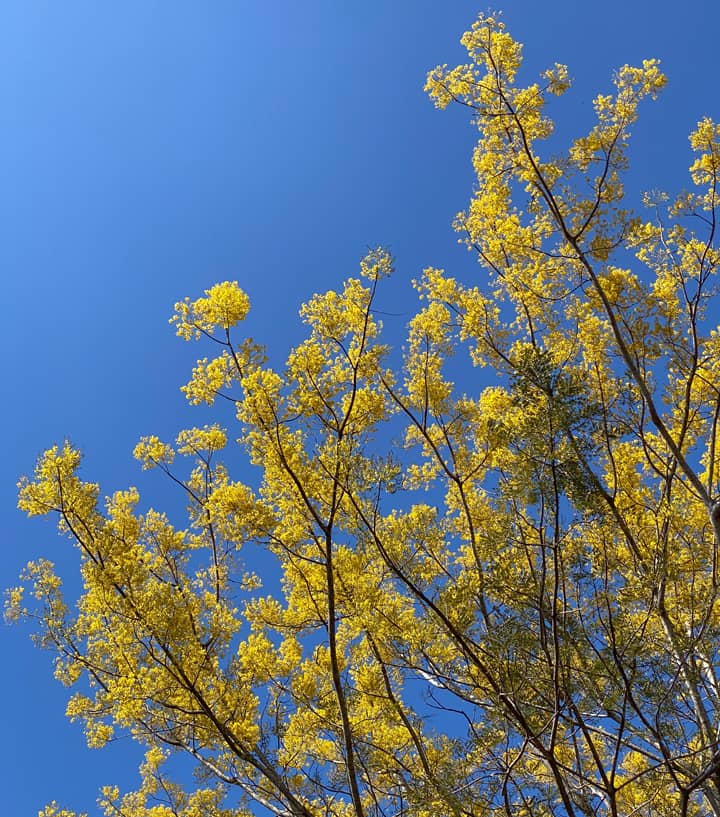
Brazilian Firetree
One of our favorite trees! Known locally as gallinazo because of its feathery leaves, this fast-growing tree can grow up to 9 ft per year and blooms with thousands of beautiful golden yellow flowers.
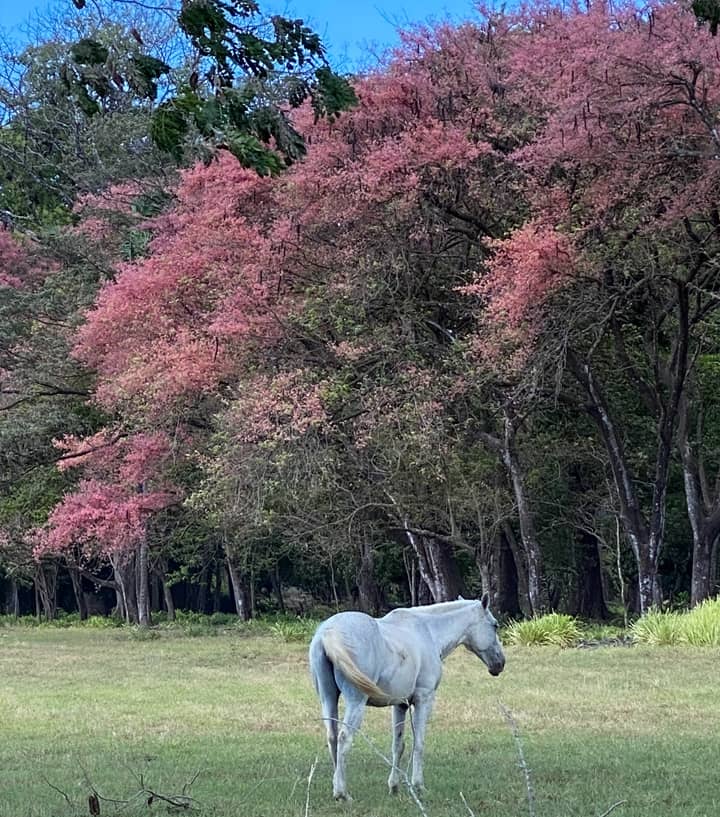
Cassia Grandis
This impressive tree is known for blossoming thousands of beautiful crimson and pink flowers that it then sheds, covering the ground with a delicate carpet. It is thus known as pink shower.
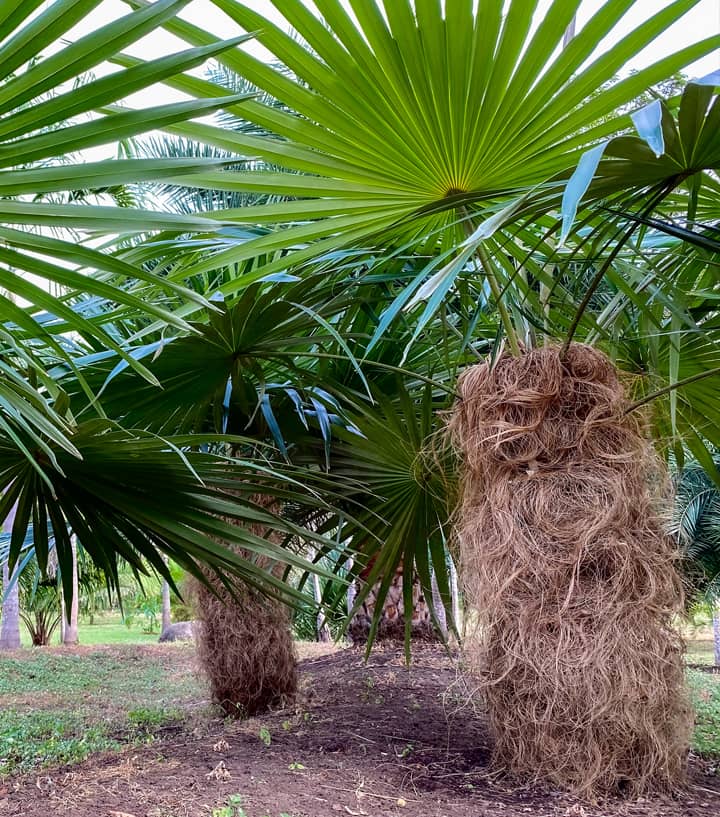
Old Man Palm
This unique palm, endemic to Cuba, is known for the beard-like fibers that cover its trunk, resembling a long beard. It is critically endangered, which heightens our care and conservation commitment.
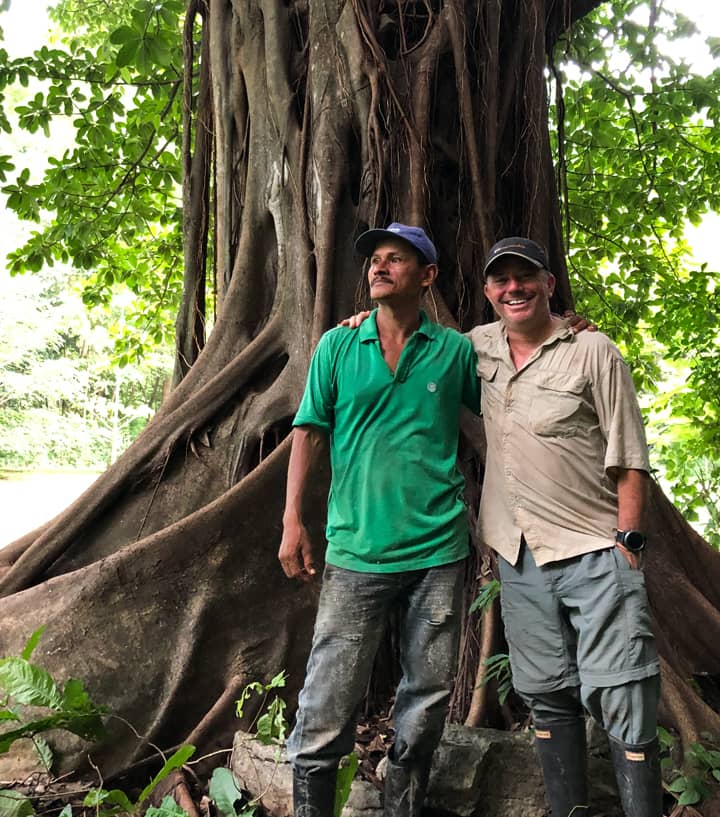
Banyan
The banyan is the national tree of the Republic of India. This giant can resist intense drought and is known for its aerial roots that grow downwards and can cover a large area after many years.
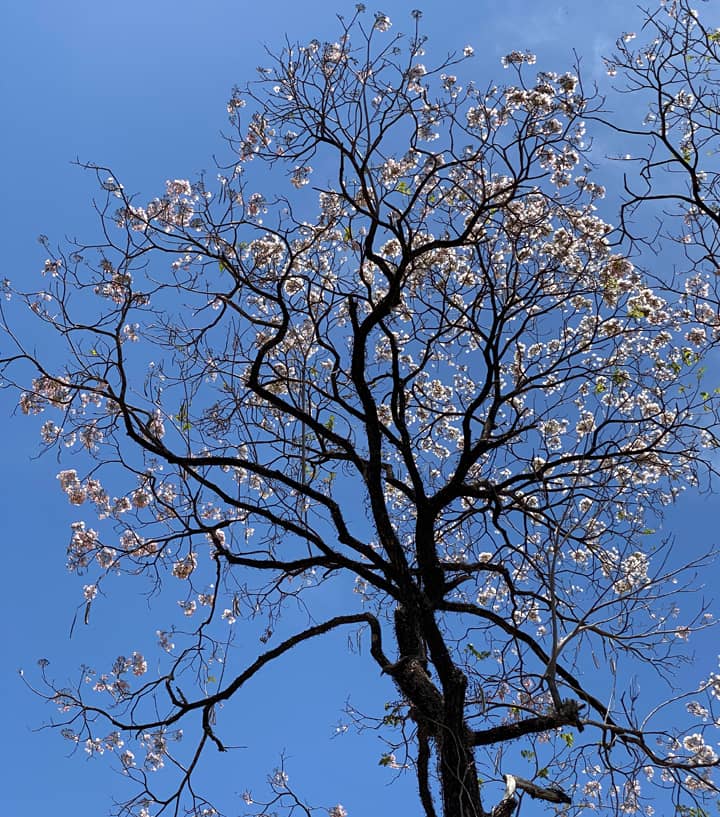
Roble Sabana
These spectacularly tall trees bloom with flowers that range from white to tones of pink or purple. Local howler monkeys greatly enjoy eating them so they are on display for a very limited time!
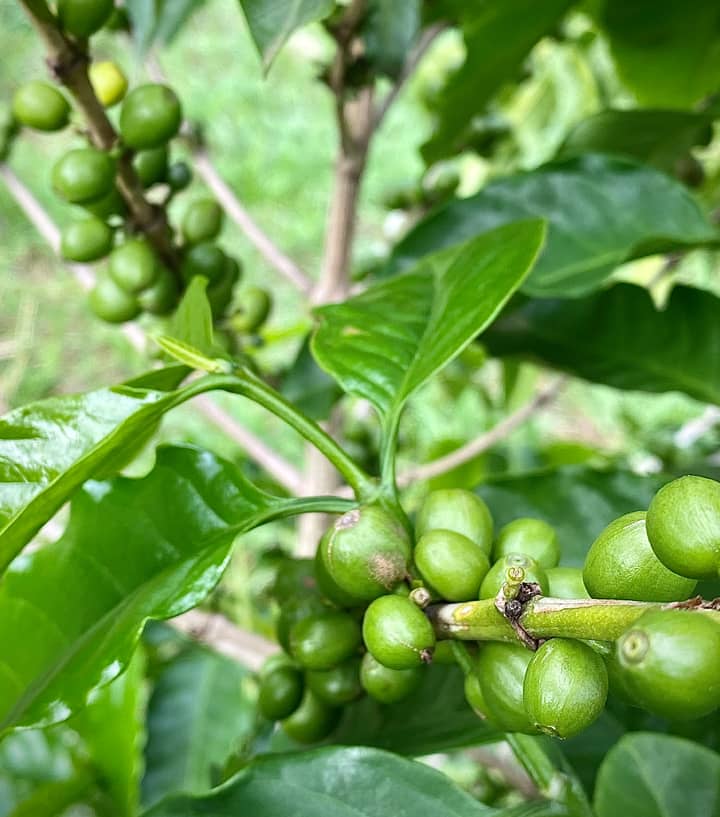
Coffee
Coffee is one of Costa Rica’s best-known export products and also holds a deeper cultural meaning as part of this unique country’s culture. Rest assured that we have plenty of coffee at Siva Ashram!
Tree Inventory
Sharing a portion of an ever-growing list of trees that are in our gardens
Acacia | Vachellia cornigera
American Oil Palm | Elaeis Oleifera
Banyan | Ficus benghalensis
Baobab | Adansonia
Bismarck Palm | Bismarckia nobilis
Brazilian Ironwood | Libidibia ferrea
Cabbage Palm | Corypha Utan
Cannonball Tree | Couroupita guianensis
Carpentaria Palm | Carpentaria acuminata
Cocobolo | Dalbergia retusa
Coconut Tree | Cocos nucifera
Coffee | Coffea arabica
Cuban Wax Palm | Copernicia hospita
Date Palm | Phoenix dactylifera
Dragon Bamboo | Dendrocalamus asper
Dwarf Palmetto | Sabal Minor
Fiji Fan Palm | Pritchardia pacifica
Fishtail Palm | Caryota urens
Foxtail Palm | Wodyetia bifurcata
Guanacaste | Enterolobium cyclocarpum
Honduran Mahogany | Swietenia macrophylla
Horse balls tree | Tabernaemontana donnell-smithii
Jorco Amarillo | Sclerocarya birrea
Kapok Tree | Ceiba pentandra
Mahajanga Palm | Dypsis Mahajanga
Malabar Chestnut | Pachira aquatica
Moringa (Drumstick Tree) | Moringa oleifera
Neem | Azadirachta indica
Old Man Palm | Coccothrinax crinita
Panama Tree | Sterculia apetala
Petticoat Palm | Copernicia macroglossa
Potbellied Ceibo | Pseudobombax septenatum
Rain Tree | Albizia Saman
Rainbow Eucalyptus | Eucalyptus deglupta
Red Latan Palm | Latania lontaroides
Red Sandalwood | Pterocarpus santalinus
Royal Palm | Roystonea regia
Silver Date Palm | Phoenix sylvestris
Silver Dollar Eucalyptus | Eucalyptus cinerea
Spanish Cedar | Cedrela odorata
Stinking Toe | Hymenaea courbaril
Strangler Fig | Ficus costaricana
Sura | Terminalia oblonga
Talipot Palm | Corypha umbraculifera
Teddy Bear Palm | Dypsis leptocheilos
Travelers Palm | Ravenala madagascariensis
West Indian Cedar | Cedrela tonduzii
White Mahogany | Vochysia guatemalensis
Wild Tamarind | Cojoba arborea
“Trees are the earth's endless effort to speak to the listening heaven. ”
~ Rabindranath Tagore

